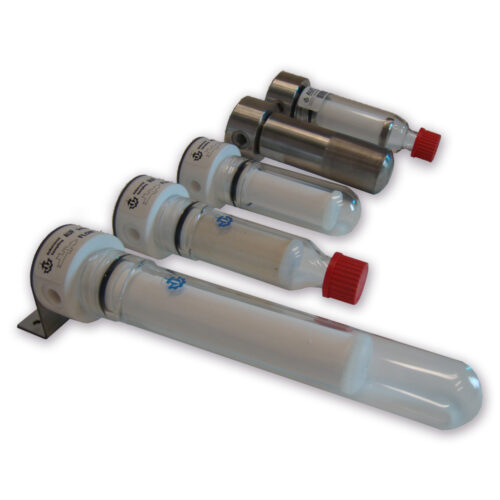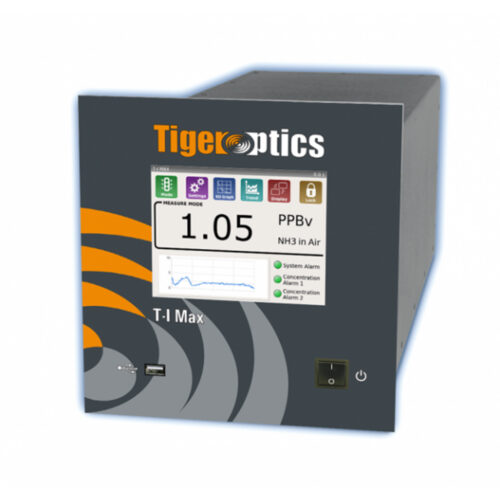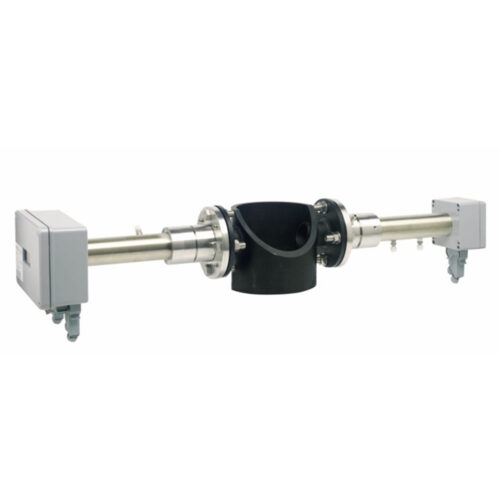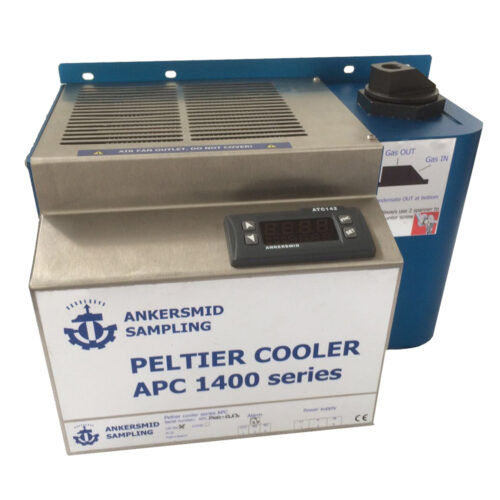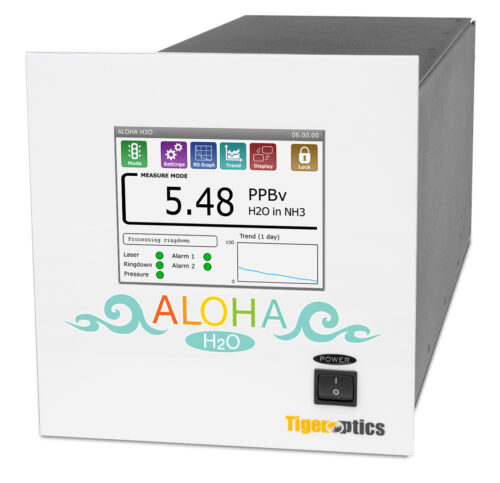HALO 3 CO2
Advancing accurate, consistent & drift-free CO2 measurements
The removal of contaminants prior to cooling and distillation is essential to the cryogenic air separation process. If not detected quickly, impurities such as CO2 (carbon dioxide) can freeze in the downstream cryogenic equipment causing damage and product spoilage. Tiger Optics’ HALO 3 CO2 analyzer affords fast, accurate response and clean-up, with no possibility of drift.
Based on powerful Cavity Ring-Down Spectroscopy (CRDS), with a proprietary laser-locked cell, the HALO 3 is free of drift, guaranteeing consistent and reliable trace CO2 detection in nitrogen and other inert gases. Highly specific to the target molecule, CRDS also prevents crossinterferences from distorting your measurement. Plus, there is no need to perform costly and time-consuming zero and span calibrations, saving both time and money with continuous, on-line service.
Compact and portable, the HALO 3 CO2 gives you unsurpassed speed of response and ease of use. In sum, the HALO 3 CO2 analyzer serves a range of applications where trace gas measurement is extremely critical, such as syngas production, fixed bulk gas continuous monitoring, gas cylinder quality control, auto-load truckfill and a multitude of other challenging applications. The HALO 3 CO2 builds on Tiger Optics’ longstanding leadership for trace monitoring of critical compunds in pressurized gases.
Description
The HALO 3 CO2 offers best-in-class performance including:
- Lower detection limit down to 8 ppb in nitrogen
- Wide dynamic range
- Freedom from drift
- No spectral interference
- Compact standalone footprint or rack mountable
- Low Cost of Ownership
- Simple operation
Applications
Additional information
| Gas Component | CO2 |
|---|
Detectie
| Detection and Matrix | Range | LDL (3σ) | Precision (1σ) @ zero |
|---|---|---|---|
| CO2 in N2 (low range) | 0 – 12 ppm | 8 ppb | 3 ppb |
| CO2 in N2 (high range) | 0 – 1500 ppm | 250 ppb | 100 ppb |
Specificaties
| Performance | |
|---|---|
| Operating range | See Detection Capability table |
| Detection limit (LDL, 3σ/24h) | See Detection Capability table |
| Precision (1σ, greater of) | ± 0.75% or 1/3 of LDL |
| Accuracy (greater of) | ± 4% or LDL |
| Speed of response | < 3 minute to 95% |
| Environmental conditions | 10°C to 40°C, 30% to 80% RH (non-condensing) |
| Storage temperature | -10°C to 50°C |
| Gas Handling System and Conditions | |
| Wetted materials | 316L stainless steel (optional corrosion-resistant material), 10 Ra surface finish |
| Gas connections | 1/4” male VCR inlet and outlet |
| Leak tested to | 1 x 10-9 mbar l / sec |
| Inlet pressure | 10 − 125 psig (1.7 − 9.6 bara) |
| Flow rate | Up to 1.8 slpm |
| Sample gases | Most inert, toxic, passive and corrosive matrices |
| Gas temperature | Up to 60°C |
| Dimensions, H x W x D | |
| Standard sensor | 8.73″ x 8.57″ x 23.6″ (222 mm x 218 mm x 599 mm) |
| Sensor rack (fits up to two sensors) | 8.73″ x 19.0″ x 23.6″ (222 mm x 483 mm x 599 mm) |
| Weight | |
| Standard sensor | 28 lbs (12.7 kg) |
| Electrical and Interfaces | |
| Platform | Max series analyzer |
| Alarm indicators | 2 user programmable, 1 system fault, Form C relays |
| Power requirements | 90 − 240 VAC, 50/60 Hz |
| Power consumption | 40 Watts max. |
| Signal output | Isolated 4−20 mA per sensor |
| User interfaces | 5.7” LCD touchscreen, 10/100 Base-T Ethernet |
| USB, RS-232, RS-485, Modbus TCP (optional) | |
| Data storage | Internal or external flash drive |
| Certification | CE Mark |
| Patents | |
| U.S. Patent #7,277,177 | |


